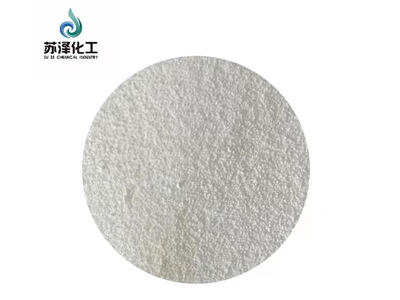Suze Chem is a leading supplier of organic peroxides, including two types of Dibenzoyl Peroxide (BPO)–one is a 75% powder and the other is a 50% paste (CAS: 94-36-0). While they are both important in industry, the way they are made, what they can do and how they are used should be thoughtfully weighed. Read below for more information on how to decide which type of flashcard is right for you.
Composition and Concentration Differences
The main difference is in how concentrated and what state they are in:
The 75% Powder is chosen for applications that call for a dependable strong initiator. The dry material is formed in a grainy way which allows for very accurate dosing in dry systems, but it’s important to handle it carefully because it’s dusty and more reactive.
BPO makes up half of BPO 50% Paste which forms a semi-solid consistency because it is mixed with a plasticizer or solvent. By lowering the amount (to 50%) it is easier to handle and safer, while the paste makes incorporation into wet or semi-wet products straightforward.
Application Scenarios
Suze Chem’s BPO powder has many benefits.
1. High reactivity is integral to the EPS and UPR types of processes that use polymerization. Thanks to its 75% concentration, it accelerates the curing and cross-linking process, so it is preferred by industry for making large quantities.
2. For road marking, we developed powder with a very low water content (%1) that stabilizes and ensures consistent performance in acrylic thermoplastic formulations.
The 50% paste is made for:
1. Thanks to its smooth nature, automobile sealants can blend well with other ingredients without changing how the product feels.
2. Small pilot projects such as making acrylic resins or FRP, need controlled interactions that lower the threat of overheating.
Selection Recommendations
Take into account the following things when selecting between BPO powder and paste.
1.Reactivity Requirements: If you need to apply your chemistry quickly and efficiently, go with powder, but choose paste when care, slower responses or improved safety are necessary.
2.Formulation Compatibility: Formulation compatibility means powders and granules fit the majority powder, yet pastes are best used in liquids or semi-solids.
3.Handling Logistics: By being less dusty and keeping the same consistency, our paste makes it easier to handle and store which is in line with our goal of using safe and efficient chemicals.
Here at Suze Chem, customization is our main priority. Get perforating power with our special powder or count on the speed and reliability of our paste; either solution is backed by our team. Our experts are available to explain how our BPO products can enhance the way you operate.



